Buying a house is often seen as a major milestone in life, symbolizing stability and financial growth. However, the journey to homeownership today is worlds apart from what people experienced in the 1950s. Back then, owning a home was almost a given, thanks to lower costs and fewer economic hurdles. Fast forward to today, and you’re likely to face a daunting market filled with sky-high prices and complex financial requirements. Let’s take a deeper look at thirteen fascinating ways buying a house now compares to the experience back in the ’50s.
1. House Prices
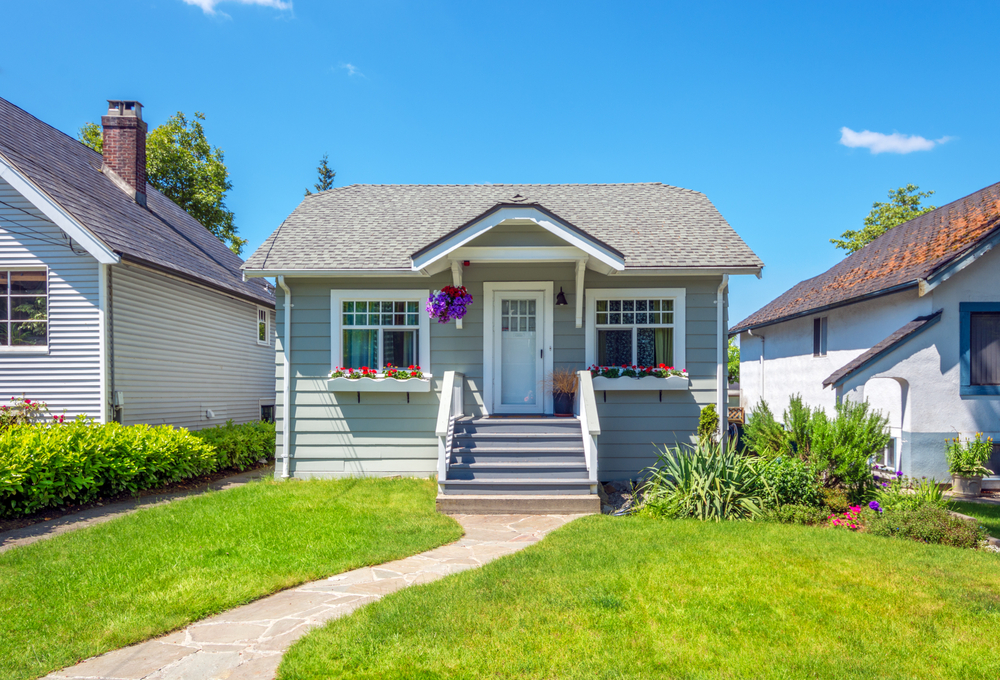
In the 1950s, the average cost of a home was around $7,400, which may sound like a dream number today. Adjusted for inflation, this amount is equivalent to approximately $80,000 in current dollars. Today, you’re looking at an average home price of over $400,000, depending on the location. According to the National Association of Realtors, this drastic increase is due to a combination of economic growth and limited housing supply. It’s clear that buying a home now is a far more significant financial commitment than it was mid-20th century.
Contrast that with today’s real estate landscape, where prices have soared and affordability feels like a distant dream for many. The reasons for this price spike are numerous, ranging from increased demand to limited land availability. Modern homeowners often require two incomes just to qualify for a mortgage on a modest home. Back in the ’50s, a single income was often enough to secure a mortgage and provide for a family. This fundamental shift has reshaped the home-buying landscape and the very concept of the American Dream.
2. Size Of Homes
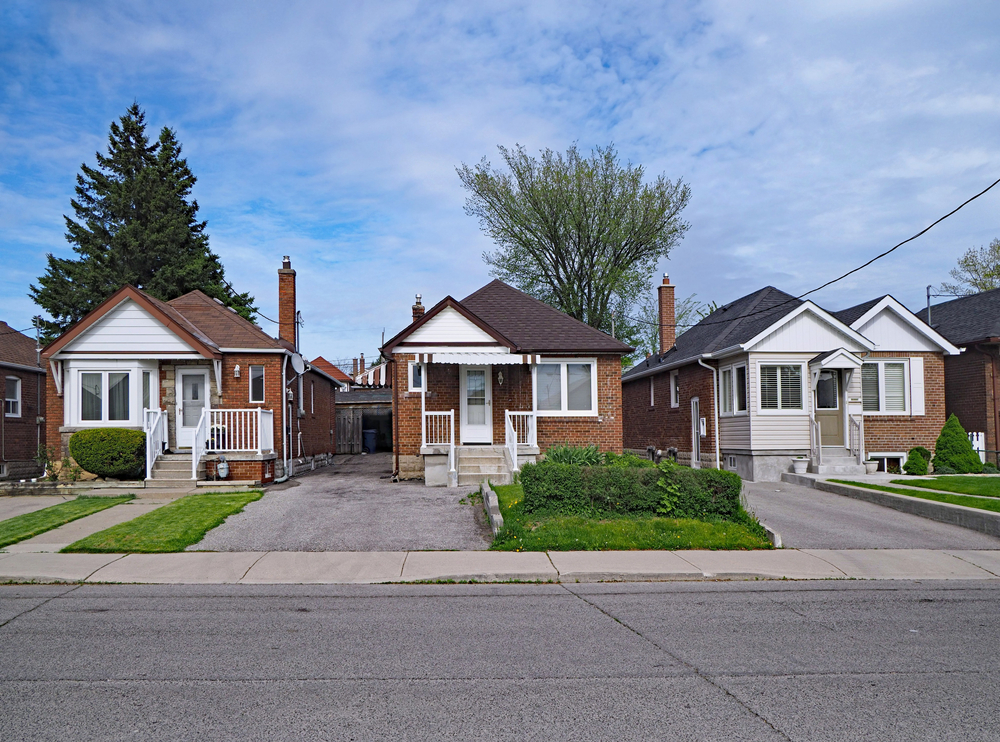
Homes in the 1950s were typically smaller, averaging about 1,000 square feet. This size reflected the more straightforward lifestyles and smaller family sizes of the era. You might find it surprising that today’s average home size has ballooned to around 2,500 square feet. This change mirrors societal shifts towards more space for entertainment and personal activities. The desire for larger homes can also be linked to modern consumption habits and the increasing importance of personal space.
Today’s homes often come with multiple bedrooms, bathrooms, and additional living spaces like home offices and gyms. While these amenities were once considered luxuries, they are now almost standard. This increase in size has naturally contributed to higher home prices. Back then, a smaller home would often suffice for families, who tended to spend more time outdoors or in communal spaces. The modern trend leans toward maximizing indoor comfort and convenience, aligning with changes in lifestyle and work culture.
3. Down Payment Requirements

In the 1950s, down payments were generally lower, around 5% to 10% of the home’s purchase price. This made homeownership accessible to a larger portion of the population. Today, down payments typically range from 10% to 20%, creating a significant barrier for many first-time buyers. A study from the Urban Institute highlights that saving for a down payment is one of the biggest challenges facing prospective homeowners today. As a result, many people find themselves renting longer than they intend, delaying the dream of owning a home.
A higher down payment requirement means you’ll need to save more before even considering buying a home. This can be a daunting task for many, especially with rising living costs. The increased financial burden often results in potential homeowners seeking assistance from family or delaying other life goals. Back in the ’50s, lower costs and simpler loan processes made this less of an issue. The shift reflects both changes in economic factors and lending practices over the decades.
4. Interest Rates

Interest rates for home loans in the 1950s were significantly higher than current rates, often exceeding 5%. However, it’s essential to consider that home prices were much lower, making the overall financial impact less severe. Today, interest rates have been historically low, sometimes dipping below 3%, making borrowing cheaper in theory. Despite the lower rates, the high cost of homes means you’re paying more interest over the life of the loan. The interplay between interest rates and home prices has made modern mortgages a complex financial product.
Lower interest rates today are a double-edged sword for homebuyers. While they reduce the cost of borrowing, they also contribute to the rising prices of homes by increasing demand. In the ’50s, higher interest rates were a given, but the manageable home prices made them less burdensome. The modern homebuyer must weigh the benefits of low rates against the reality of high prices. Consequently, the dynamics of interest rates and home prices are more intricate than they were several decades ago.
5. Mortgage Terms
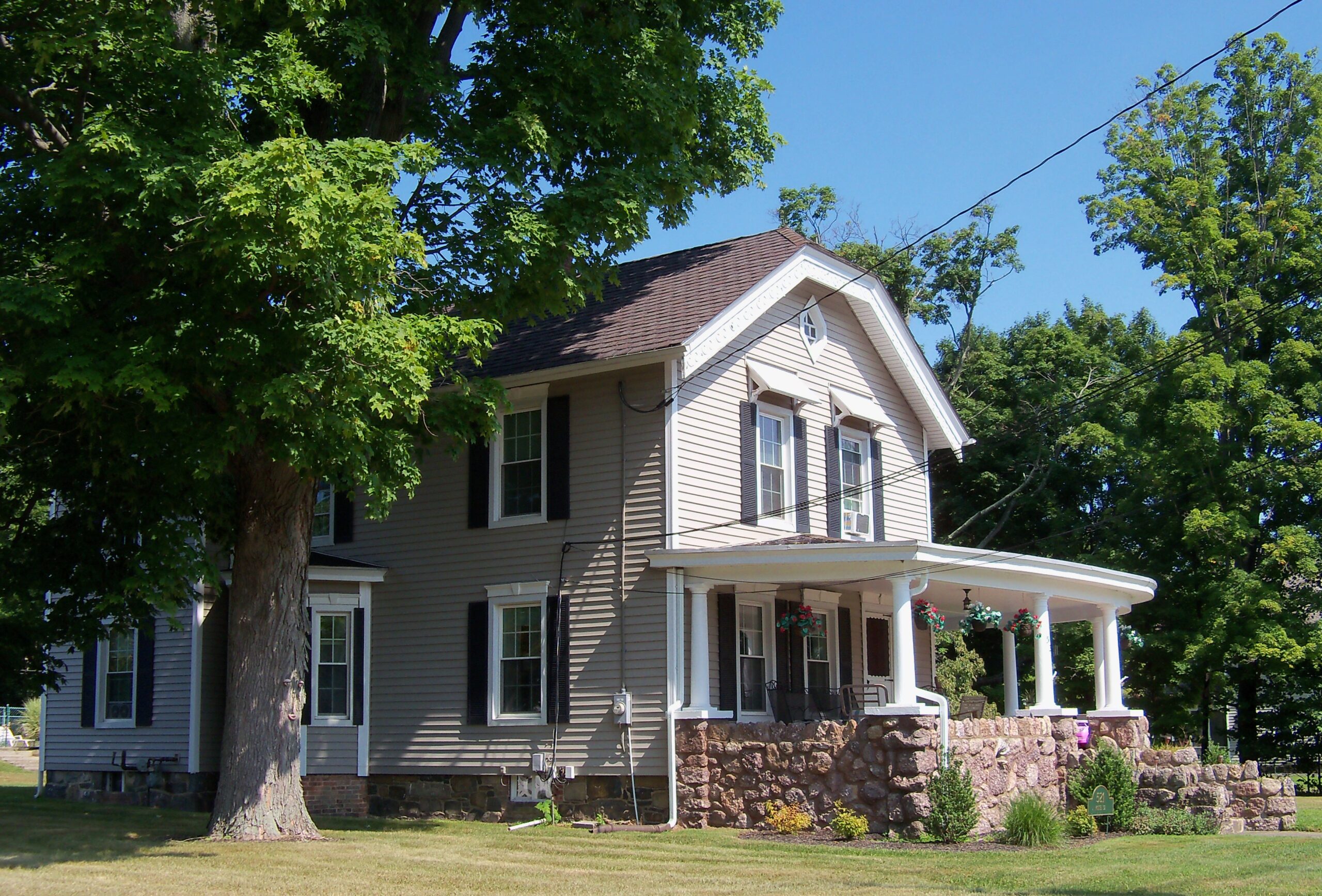
In the 1950s, 30-year fixed-rate mortgages became the norm, giving homeowners predictable payments over the life of the loan. This long-term stability was appealing and helped popularize homeownership. Today, the 30-year mortgage is still prevalent, but there are more options, such as adjustable-rate mortgages (ARMs). According to Bankrate, these options can be beneficial in certain economic climates but also carry risks. Understanding these choices adds another layer of complexity to the home-buying process today.
The flexibility of modern mortgage products can be both an advantage and a hurdle. While fixed-rate mortgages offer stability, ARMs might offer lower initial payments but come with uncertainty. In the ’50s, the simplicity of a fixed-rate mortgage aligned well with the financial landscape and economic expectations of the time. Today, you need to be more financially savvy to navigate these options effectively. The variety in mortgage terms reflects a more complex financial world requiring careful consideration and planning.
6. Lending Standards

Lending standards in the 1950s were less stringent, with fewer regulations and requirements. The process was simpler, and fewer financial documents were needed to secure a loan. Nowadays, you face a more rigorous vetting process that includes credit scores, income verification, and debt-to-income ratios. This is partly due to economic events like the 2008 financial crisis, which led to tighter regulations. Consequently, securing a mortgage today requires more effort and documentation than in the past.
While more demanding lending standards aim to protect both lenders and borrowers, they can pose significant challenges. For first-time buyers, meeting these criteria can be daunting, particularly if you have student loans or other debts. In the ’50s, the lack of stringent standards meant quicker approvals but often at the risk of financial instability. The balance has shifted to prioritize financial security over ease of access. As a result, the home-buying process has become more complicated and time-consuming.
7. Income Requirements

In the 1950s, the average household income was enough to cover mortgage payments comfortably, often on a single salary. This financial reality made homeownership an attainable goal for many families. Today, dual incomes are often necessary to qualify for home loans and manage monthly payments. CNBC reports that stagnant wage growth compared to rising home prices has exacerbated this issue. The income-to-home-price ratio has shifted significantly, making it more challenging for today’s buyers.
The increase in income requirements reflects broader economic trends and changing family dynamics. In the ’50s, many households relied on one income while the other took care of family responsibilities. Modern families often need both partners working to afford a home, leading to a new set of challenges and adjustments. This shift has influenced lifestyle choices, work-life balance, and financial planning. The need for higher household incomes underscores the evolving nature of homeownership in today’s world.
8. Technology Changes
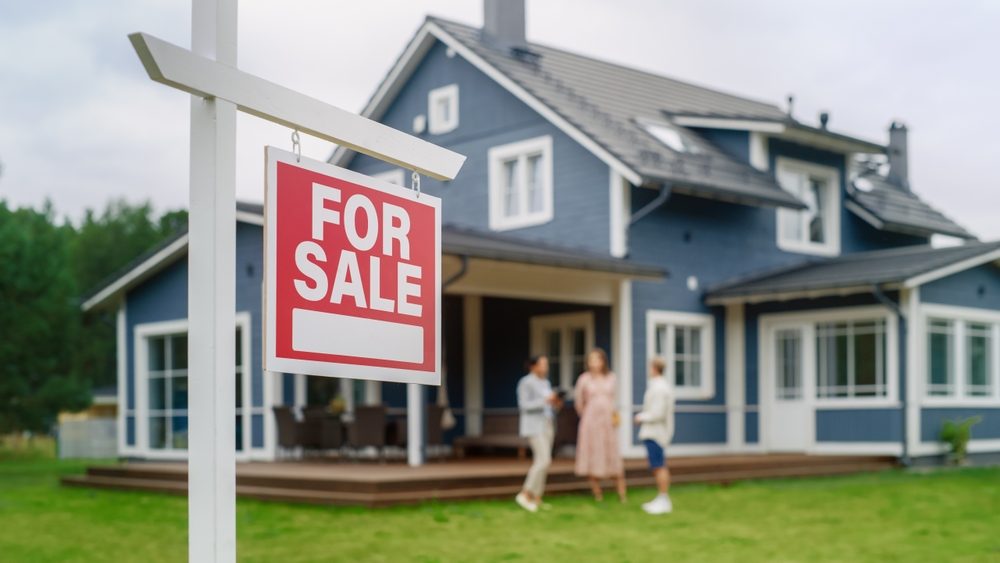
In the 1950s, buying a house involved face-to-face interactions, paper contracts, and local real estate offices. The process was slower, and information was less accessible. Today, technology has revolutionized the way you can search for and purchase a home. Online listings, virtual tours, and digital contracts are now commonplace, making the process faster and more convenient. This tech-savvy approach has reshaped the real estate landscape, offering more transparency and options for potential buyers.
While technology has made the home-buying process more efficient, it has also introduced new challenges. With easy access to information, the market has become more competitive, requiring quicker decision-making. In the ’50s, buyers had more time to consider their options, unhurried by the fast-paced nature of today’s market. Technology offers tools and resources but also demands that you stay informed and responsive. The digital age has streamlined many aspects of home buying but requires adaptability and awareness.
9. Urban Influences

Urbanization trends have significantly influenced home buying, with more people moving to cities for job opportunities and amenities. In the 1950s, suburban living was highly attractive, driven by the desire for space and the availability of affordable homes. Today, urban areas are experiencing population growth, driving up real estate prices and reducing available inventory. Consequently, city living often comes with a premium, affecting your home-buying options. The shift towards urbanization mirrors broader societal changes in employment and lifestyle preferences.
As more people flock to urban areas, the demand for housing increases, leading to higher prices. This trend contrasts sharply with the ’50s when the suburbs represented the ideal of affordable homeownership. The focus on urban living highlights a change in priorities, with people valuing proximity to work, culture, and social activities. Although urban areas offer convenience and vibrancy, they also come with challenges like congestion and higher costs. The ongoing movement towards cities underscores the evolution of home-buying trends over the decades.
10. Government Programs

In the 1950s, government programs like the GI Bill made homeownership more accessible for veterans. These initiatives provided favorable loan terms and helped many families achieve the dream of owning a home. Today, there are still government programs aimed at assisting homebuyers, such as FHA loans and first-time homebuyer incentives. However, the effectiveness and reach of these programs vary, and they may not fully offset the challenges posed by high home prices. The role of government in facilitating homeownership remains significant but has evolved to address contemporary issues.
Government programs continue to play a crucial role in helping people navigate the home-buying process. However, today’s economic landscape presents challenges that weren’t as prevalent in the ’50s, such as student debt and higher living costs. While these programs aim to level the playing field, they are only part of the solution. The need for comprehensive policies that address affordability and accessibility remains pressing. The evolution of government involvement reflects changing economic realities and societal needs.
11. Building Materials

Building materials and construction methods have evolved since the 1950s, influencing home design and cost. Back then, homes were built with materials like wood and brick, focusing on durability and simplicity. Today’s homes often incorporate a wider range of materials, including advanced technology for energy efficiency and sustainability. These innovations can increase construction costs but offer long-term benefits like reduced utility bills. The shift in building materials reflects broader trends in environmental awareness and technological advancement.
Modern building techniques prioritize not only aesthetics but also functionality and environmental impact. The introduction of smart home technology, energy-efficient appliances, and sustainable building practices marks a departure from the simpler homes of the ’50s. While these features offer benefits, they also come at a higher initial cost. In the ’50s, the focus was more on creating affordable, practical homes for growing families. Today’s emphasis on innovation and sustainability adds complexity to the home-buying decision.
12. Location, Location, Location
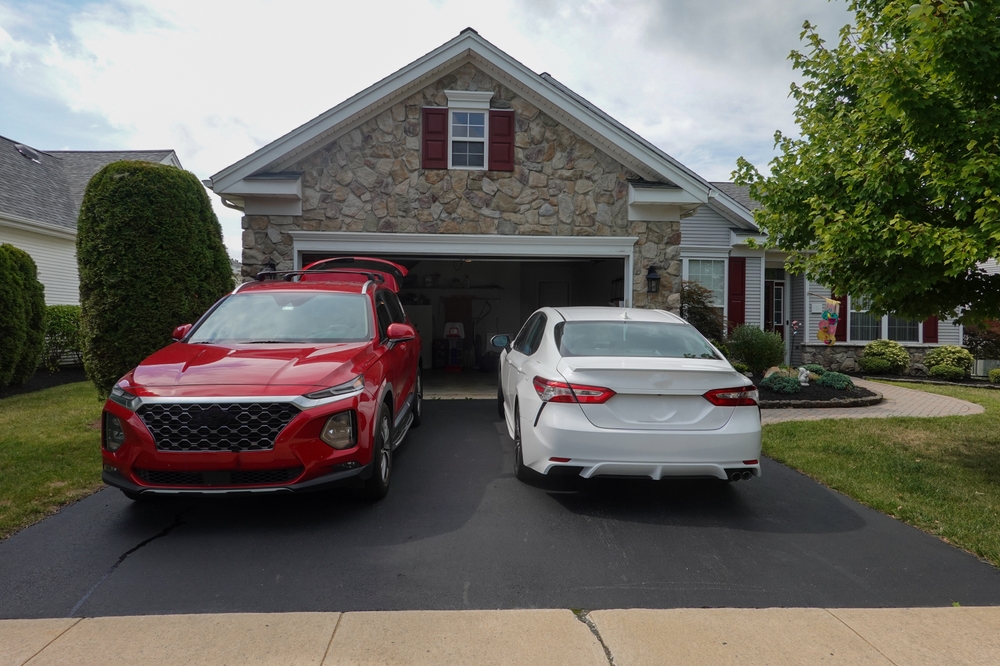
Location has always been a crucial factor in real estate, but its importance has intensified over the decades. In the 1950s, many families moved to the suburbs, seeking affordable homes and a quieter lifestyle. Today, the focus on urban centers and desirable neighborhoods has driven up prices and competition. The significance of location now encompasses factors like school districts, commute times, and community amenities. This shift highlights the growing complexity of choosing the right place to call home.
The heightened importance of location today reflects broader changes in work, lifestyle, and family dynamics. Proximity to work and access to quality education are top priorities, often dictating where people choose to live. This contrasts with the ’50s, when suburban expansion offered affordable and accessible housing options. As location becomes more critical, the challenge of balancing cost with convenience grows. The emphasis on location underscores the multifaceted nature of today’s real estate market.
13. The American “Dream”

The concept of the American Dream has long been associated with homeownership, symbolizing success and stability. In the 1950s, owning a home was a tangible goal within reach for many, embodying economic prosperity and family life. Today, the American Dream has evolved, influenced by economic realities and shifting values. Homeownership remains a key aspiration, but it’s now just one of many elements in a broader, more diverse vision of success. This evolution reflects changing societal values and the complexities of modern life.
The American Dream today might include financial security, career fulfillment, and personal happiness alongside homeownership. The rising cost of homes and other economic factors have prompted people to redefine what success looks like. In the ’50s, the dream was often singularly focused on owning a home and raising a family. Modern interpretations recognize the importance of flexibility and adaptability in achieving personal goals. The changing nature of the American Dream mirrors broader shifts in priorities and opportunities over the decades.
This article is for informational purposes only and should not be construed as financial advice. Consult a financial professional before making investment or other financial decisions. The author and publisher make no warranties of any kind.








